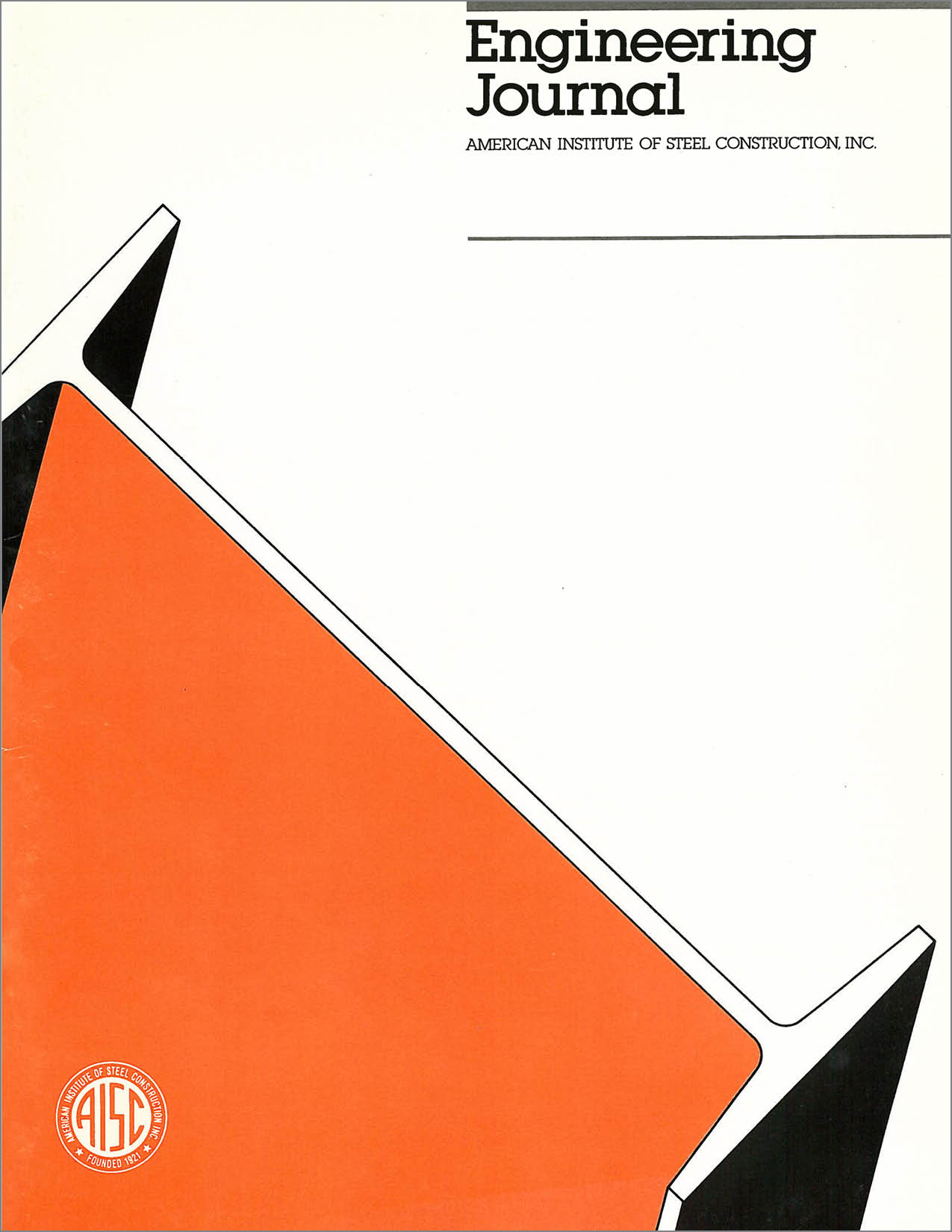Plastic Collapse Load of Continuous Composite Plate Girders
DOI:
https://doi.org/10.62913/engj.v25i4.508Abstract
Composite beams and girders with a reinforced concrete slab have different moment-curvature characteristics, depending on whether the moment is positive or negative. It is usually assumed for the maximum strength of the negative moment section that the concrete slab does not carry tensile stresses, but the reinforcing steel bars are considered to act compositely with the steel section. In the Load Factor Design (LFD) method of the AASHTO Standard Specifications for Highway Bridges, the maximum strength of laterally braced I-shaped sections is determined based on the provision of compact or noncompact sections. A compact section is defined as a section that can reach the plastic moment and rotate inelastically at this constant plastic moment. Recently (1986), the AASHTO Guide Specification for Alternate Load Factor Design Procedures was published for the design of steel beam bridges using braced compact sections. This procedure was adopted as a logical extension of the existing LFD method and it is based on the Autostress Design (ASD) procedures. The resistance of continuous beam bridges is determined by the plastic-mechanism method. In this method, a considerable amount of plastic rotation is required at the negative moment sections of intermediate supports, and so the concept of an effective plastic moment was applied. The ultimate load was assumed to be reached when a composite section in positive bending reached the plastic moment. The usefulness of this method was confirmed by design examples and loading tests of an actual bridge.

